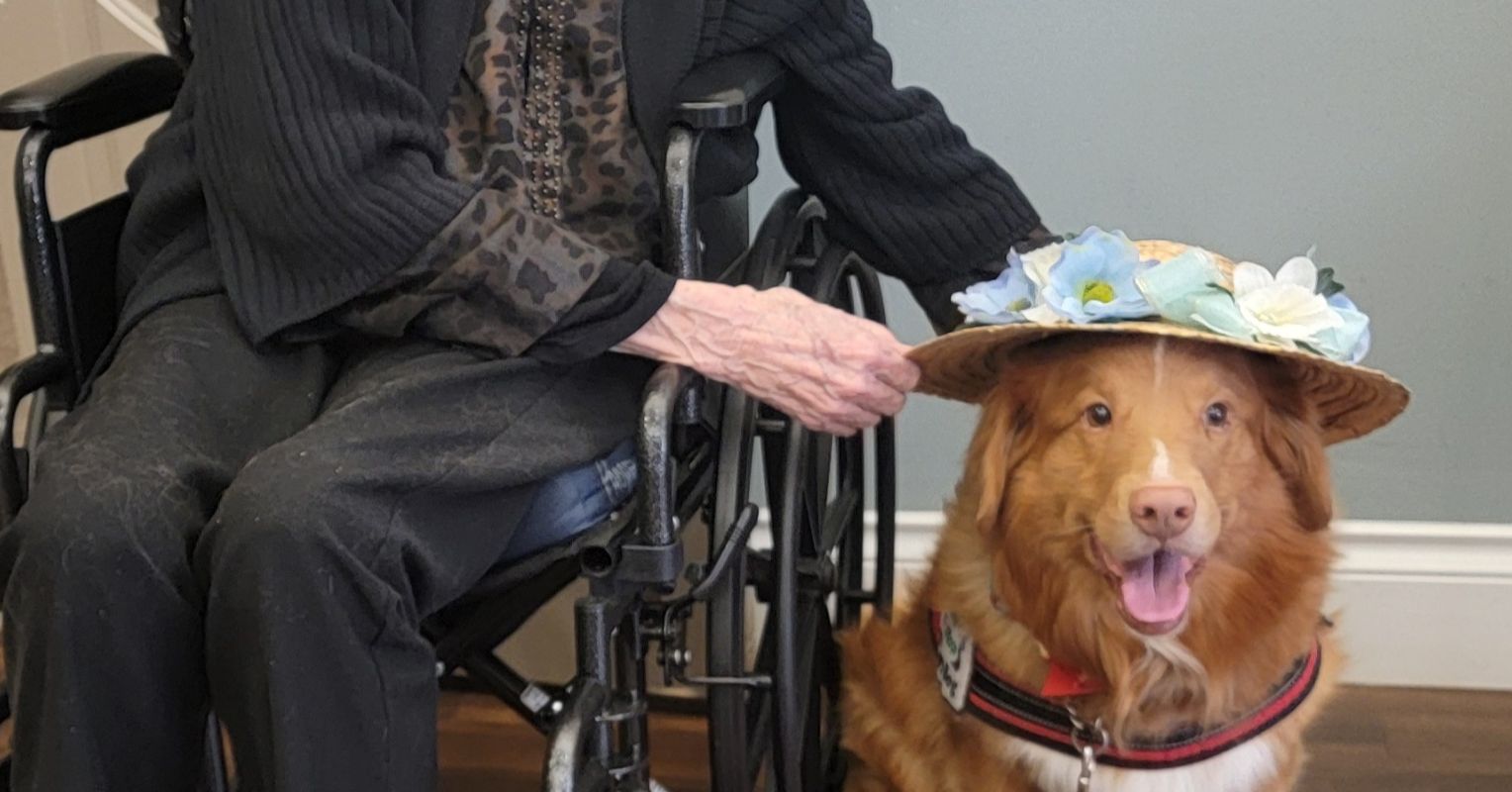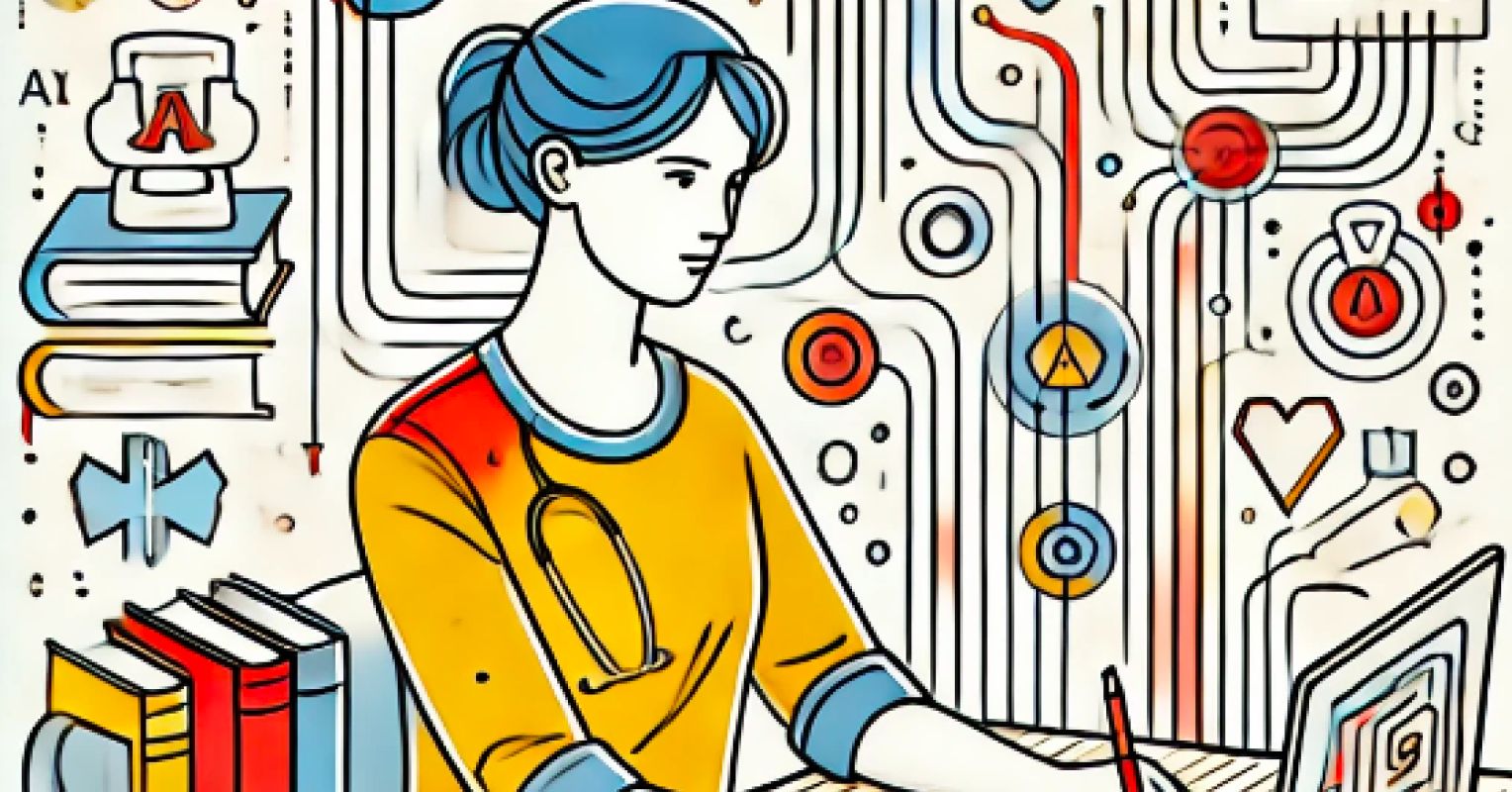Imagine standing in a virtual world where your every move is tracked, your emotions are analyzed, and your subconscious biases come to the surface. No, this isn’t the plot of a sci-fi movie—it’s the cutting edge of social science research. Our new study has explored how virtual reality (VR) can help us understand stereotypes and prejudices by measuring brain activity and emotional responses during simulated intergroup encounters.
Stereotypes and Emotional Reactions: A Complex Relationship
Stereotypes aren’t just ideas we hold about others—they come with deep emotional reactions that influence how we behave toward different groups. People tend to perceive and stereotype social groups based on warmth (Are they friendly or threatening?) and competence (Are they capable or incompetent?). These perceptions, in turn, trigger emotional responses like admiration, pity, contempt, or even disgust. For example, groups perceived as low in warmth but highly competent may evoke envy, while those low in both warmth and competence tend to elicit contemptuous reactions.
Traditional studies on prejudice have relied on surveys, asking participants to report their feelings about different groups. But these methods have limitations. People often struggle to describe or recall their own biases accurately, and their responses may be influenced by social desirability—wanting to appear more tolerant than they actually feel. That’s where VR comes in.
Bringing Virtual Encounters to Life
In this experiment, we created immersive 360-degree VR scenarios where participants, all members of Finland’s ethnic majority, watched video encounters with individuals from different social groups. The participants viewed avatars of Finnish, Somali, Russian, and Brazilian individuals approaching them, slowly entering their personal space. Meanwhile, their brain activity was measured with functional magnetic resonance imaging (fMRI) to track emotional responses in real time.
Why VR? Unlike traditional research methods, VR makes the experience feel real. The immersive nature of VR means that participants’ reactions are more instinctive, closer to what they might feel in an actual face-to-face interaction—which would be otherwise impossible to study via fMRI. By analyzing neural responses, the study could bypass self-reported bias and capture genuine emotional reactions.
The Power of Proximity: When Stereotypes Get Personal
The findings revealed striking patterns. When participants encountered individuals from groups perceived as low in warmth and competence—such as those stereotyped as incompetent or threatening—feelings of discomfort and even contempt were triggered. In contrast, groups perceived as warm but less competent evoked mixed emotions, including both happiness and unease.
Interestingly, emotional reactions changed over time. In the first few seconds of an encounter, responses were largely driven by preconceived stereotypes. However, as avatars moved closer, proximity played a major role in modulating emotions. The closer an individual from a negatively stereotyped group got, the more discomfort the participants felt. This suggests that physical closeness from an outgroup member can feel threatening even in a virtual environment.
What This Means for Prejudice Reduction
These findings have important implications. First, they confirm that stereotypes don’t just exist as abstract ideas—they are deeply tied to our emotions and reactions. More importantly, they show that VR can be a powerful tool for studying these biases in a controlled yet realistic setting.
Could VR also help reduce prejudice? Possibly. By carefully designing virtual interactions that foster cooperation rather than threat, researchers and educators might be able to rewire biases over time. If proximity triggers negative emotions, perhaps prolonged exposure to positive intergroup interactions in VR could have the opposite effect—making outgroup members feel more familiar and less threatening.




